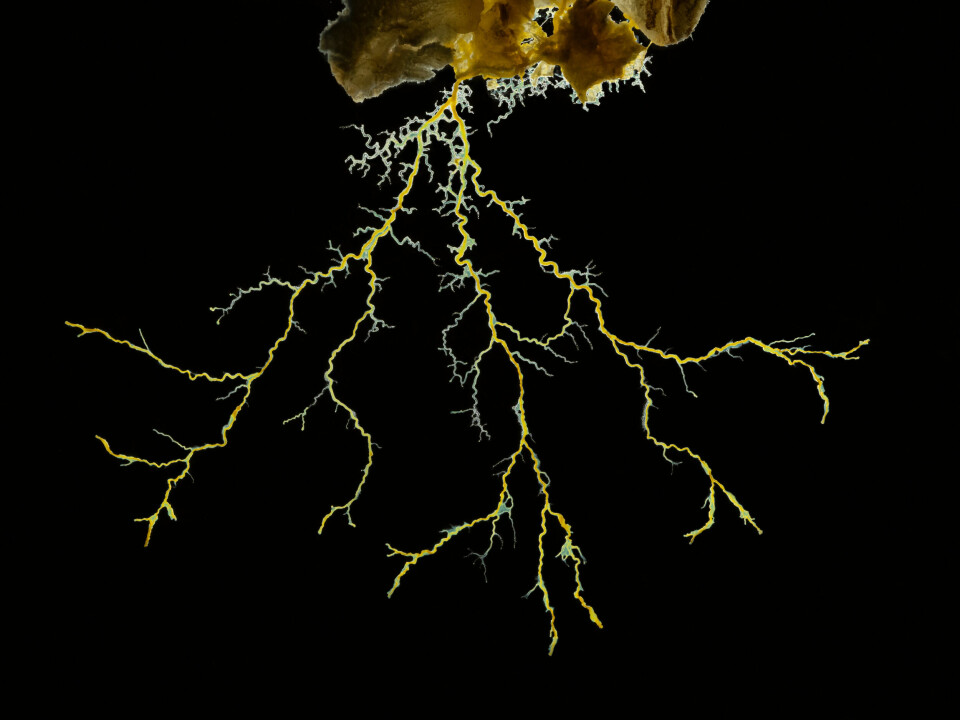-
French ski resorts report excellent Christmas despite less snow than last year
Bookings are up and non-snow related activities are also on the rise
-
American celebrity jeweller robbed of ‘more than €1m’ at French Riviera Airbnb
Jewellery and cash stolen from rental property where Chris Aire was staying
-
New 2026 civic tests in France: 50 example questions in French
Candidates must score 80% on tests to pass
10,000 volunteers needed for French science study of ‘the blob’
Volunteers will help collect data on the potential effects of climate change on the prehistoric single cell organism with no brain but more than 700 sex parts

A new research project is seeking 10,000 volunteers in France to study ‘the blob’ – a brainless, eyeless, single-celled organism with more than 700 sex parts, which has previously been a star attraction at Paris Zoo.
In the study, run by the Centre national de la recherche scientifique (CNRS), volunteers will be given their own blob and a related species to look after.
They will have to feed the two specimens, expose them to heat and document their growth for one to four weeks, to help understand how the blob may react to climate change.
During the study different temperatures and duration of exposure to heat will simulate heat waves.
In a statement the CNRS said the study would “require around one hour of work per day”, with volunteers also needing to take a daily photo.
It described the scale of the study as “unprecedented” as so many volunteers are required.
People who wish to volunteer for the project can sign up online before November 12. The study is expected to begin in spring 2022, with the results published in summer or winter the same year.
This is not the first experiment to be run using the blob this year – in August 2021 four samples were sent to space for experimentation.
Read more: French school pupils join astronaut Thomas Pesquet for ‘blob’ test
What is the blob?
The blob (scientific name physarum polycephalum) first appeared on earth before the dinosaurs.
It is a yellow-coloured single cell organism that has multiple nuclei meaning it can multiply at will, and heal itself within minutes if cut in half.
Despite having no limbs, mouth or stomach, it can move and eat and even though it does not have a brain, it has problem solving and information transmitting abilities.
Scientists have ruled out the blob being a plant but are unsure whether to classify it as a fungus or an animal.
It has been described as looking like a mushroom, but also has 720 sex parts.
In 2019 the blob went been on display in Paris Zoo, in the bois de Vincennes.
























